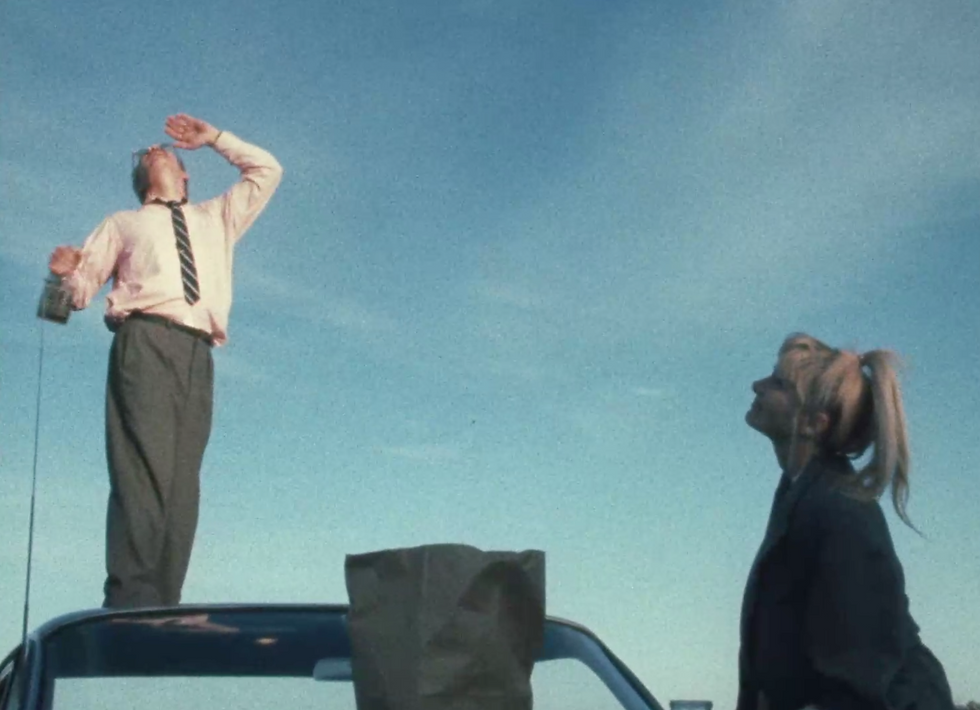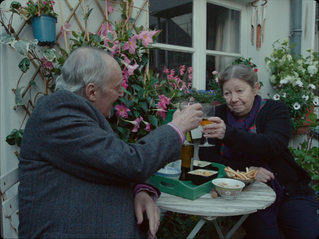Wanda
- Jessica Moore

- Mar 6, 2021
- 2 min read
Updated: Jun 11, 2021
Barbara Loden, 1970

Wanda’s body is parcelled through the film as its own object. Its introduction is tempered with the mechanical hum of coaling machinery outside her place of stay—a friend’s house, complete with the trappings of proletariat domesticity: an unsettled baby, a disinterested husband, and a faded sticker of the American flag peeling away from a door-pane. Sedately peering outside to the elephantine spoil tips, the film’s opening scene gestures towards Wanda’s precarious lifestyle. Indeed, it is as uncertain as her subsistence. Thereafter, as if lifted from her surroundings like a paper cut out—dressed all in white, traversing the cavities of the anthracite landscape—she moves along an invisible chord; she hovers atop the miry earth.

Tinged with sensitivity, Barbara Loden’s self-insertive vérité is a singularly feminist text. As the first film to be written, directed and starring the same woman, Loden marries the incision of directorial objectivity with the unfettered intuition of performance. Benefited by the intimacy of both positions to the source material, Loden blends the hostile, acrid backdrop of the North American rust-belt with Wanda's almost spectral femininity. Traced along a catalogue of white clothing and youthful hairstyles, Loden’s self-directed performance confers a sense of acuity impossible to replicate; her inhabitance of Wanda as a character is as tactful as it is self-aware.



In the presence of petty criminals, Wanda curls up to sleep on a pile of disused furniture; she dabs her nails with pink lacquer at the side of the road; she recalls declining custody of her children; she fixates on the resounding flight of a toy plane as it encircles overhead. Each lingering shot of Wanda solitarily passing through the mise-en-scène yields to Loden's oneiric, impulsive performance. It is precisely Wanda’s laconic dialogue, and the frequent depictions of her sleeping, that reflect the camera’s own sentient reluctance to embellish. Beaten down by abusive relationships, turning to the survivalist adage to keep moving forward, Wanda’s words are used economically, her behaviour a tacit dance between restraint and reticence.
At odds with her peripheral position to the criminal men with whom she finds herself, Wanda is sutured to the fabric of the film through an autonomous camera, one that not only sympathises with her experience—each residual frame is a generous offering of Wanda’s interiority—but one that devotes itself to the minutiae of her behaviour, to the most fractional of expressions and gesticulations.
Arrival at the film’s final sequence is its only disruption. With Wanda shouldered between boisterous men drinking and smoking, the camera’s dedication is threatened, obstructed by hands exchanging cigarettes and pitchers of beer. Actuated by a freeze-frame, gleaning a moment unimpeded clarity, Wanda’s silent acculturation to this half-lit milieu of bodies in kinesis surmises the direction of her drift as indeterminate. Where she will go after this evening is left unanswered, implied to be unanswerable. Indeed, freezing this particular moment, one of Wanda’s estrangement though, now, felt too by the camera, is an act of sincerity and empathy—of immortalisation.









Comments